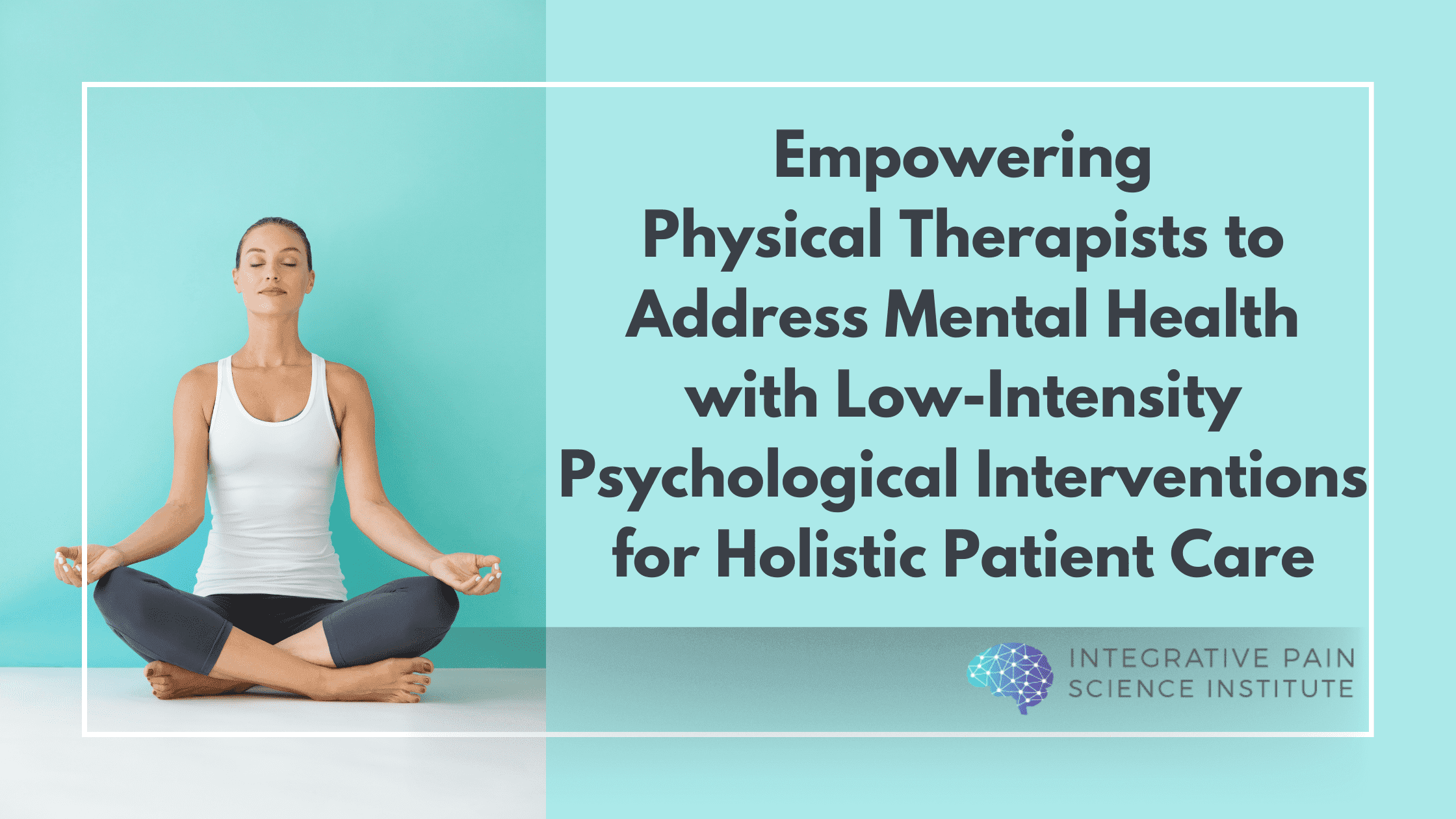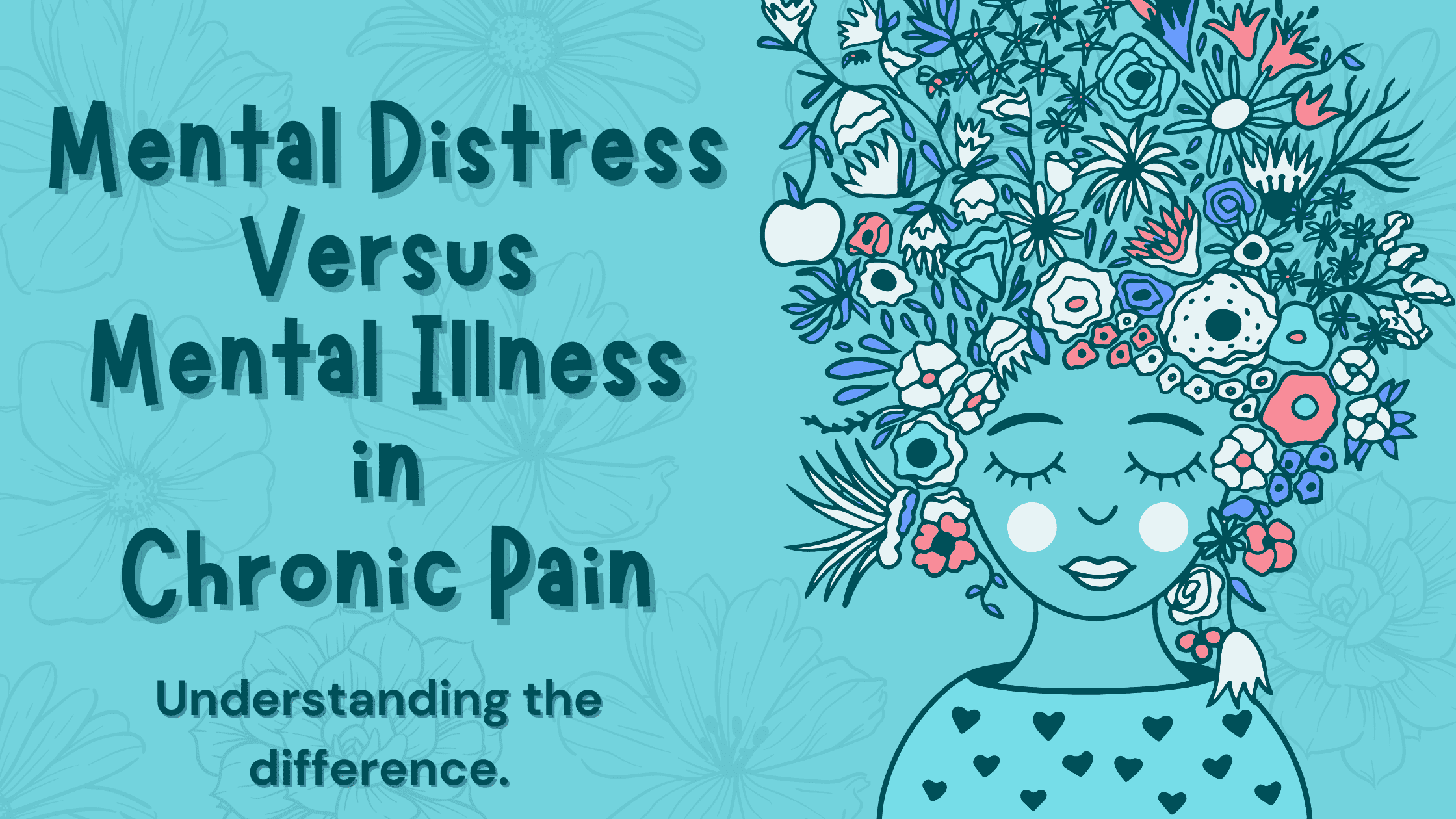Have you heard about the latest neuroscience that is revealing some fascinating discovering about pain? More and more we are looking to the brain as chronic pain changes both the structure and function of our brain and nervous system.
It’s no longer just about the body. Think of it this way “no brain, no pain.”
Let me explain some of this science so it’s easy for you to understand. This will help you on your quest for relief.
Throughout your body are nerve endings that transmit information up to your brain. The number of nerve endings in a particular part of your body determines how much information is delivered to your brain. These nerve endings converge in the part of the brain where the information about movement and sensation are interpreted.
This convergence creates a topographical map in your brain of your entire body. There is literally a GPS or map of your body in your brain (pretty cool)! The more sensitive a region of the body, the larger its representation is in the brain. Areas like the hands, lips, and feet have the most amount of brain space devoted to them, whereas less sensitive areas like the elbows, back, and shoulders have received less attention. This creates a proportional system for feeling touch, as well as experiencing pain. Scientists refer to this as the homunculus- see the header image!
How Chronic Pain Rewires the Brain
I’ve posted blogs about this in the past on how chronic pain can cause you to become more sensitive over time, as well as how much of a role the brain plays in the interpretation of pain.
These aspects of chronic pain are due to the brain’s plasticity or simply its ability to change. During any experience, the brain is constantly creating new connections and pathways — and as we repeat an experience, the connections become stronger. Eventually, the brain is able to trigger these pathways very easily with little stimulus. This is how things like habits and cravings are formed. 
It’s also how chronic pain, over time, can cause changes in the way your brain is wired. Every time you feel pain the same circuits are activated in the brain. As a consequence, this circuit becomes more ingrained in the brain. In essence, it becomes easier and easier for the brain to produce pain. Pain is a decision of the brain!
These changes are observable in the homunculus or your brains map of the body. While it is meant to serve as a proportional system of processing touch, it can be significantly altered by chronic pain. In fact, neuroimaging (an MRI of the brain) of patients with chronic back pain has shown that the back’s cortical space in the homunculus increases — meaning that the brain becomes more sensitive to any sensation on the back, which can enhance pain. (1) The brain signals more neurons to “pay attention” to the painful parts. This is the beginning of an overly sensitive nervous system or what is known as central sensitization.
How Else is the Brain Changed by Pain?
Because of the way the brain rewires itself based on learned associations, there are multiple areas involved in the processing of pain that experience neuroplastic changes. There is not just one part of the brain responsible for pain.
Here are the other areas…
Anterior Cingulate Cortex (ACC): This area plays a role in emotional processing, as well as sensory processing, as it converges with the primary sensory cortex. fMRI studies have shown that the ACC has higher activation levels in patients with chronic pain. Because of its dual role, the ACC’s increased activation can cause a more severe emotional reaction to pain over time.(2)
Insular Cortex (IC): This region is involved in sensing pain and contributing to an emotional response, as it is connected and coactivated with the ACC. With chronic pain, its activation can become more intense; in addition, this activation is more associated with sensing pain than creating emotion. Research suggests the IC changes to devote more energy to the frequent pain signals being received, and the discrimination between sensory and emotional processing is what causes features like hypersensitivity, also known as hyperalgesia, in chronic pain.(3)
Medial Prefrontal Cortex (mPFC): The Prefrontal Cortex is located in the frontal lobe, and represents the area where higher-level thinking and decision-making occur. The Medial Prefrontal Cortex is involved in affective processing, handling input from areas like the ACC to interpret our emotions. Neuroimaging studies have shown that the mPFC becomes more active in chronic pain, likely due to the increased emotional signals being released by the ACC. As more oxygen is required to induce higher activation, this results in stunted levels of activation in nearby areas. Thus, enhanced functioning of the mPFC can consequently suppress functioning of the overall PFC, making it more difficult to think clearly and concentrate during the experience of chronic pain.(4)
5 Treatments That Work to Rewire Your Brain and Reverse Pain
1. Try the Cognitive Approach: [Cognitive Behavioral Therapy- CBT] CBT helps people identify and develop skills to change negative thoughts and behaviors. CBT says that individuals — not outside situations and events — create their own experiences, pain included. And by changing their negative thoughts and behaviors, people can change their awareness of pain and develop better coping skills. The brain can only create new associations from thoughts and behaviors. CBT encourages patients to take steps outside their comfort zones to promote rewiring and resolve unhelpful behaviors and negative thoughts which rewire brain circuits. Studies have shown CBT to be effective in chronic pain management.(6)
2. Imagine Moving in Your Brain: [Graded Motor Imagery- GMI]: This treatment involves using imagined movement and mirror-imagery to facilitate neuroplastic changes in the brain. You literally imagine movements first before you physically perform them. Similar techniques have been utilized by athletes for decades. Graded motor imagery should be combined with more traditional forms of physical therapy such as therapeutic exercise and mobilization of joints and the nervous system. Combined these therapies work to decrease a sensitive nervous system, promote positive neuroplastic changes and decrease fear associated with movement. You can read more about GMI in a previous article.(7)
3. Reframe What Pain Really Is: [Reeducate]: Chronic pain is less about what is happening in the body and more about what is occurring in the brain. Even though pain draws your attention to a particular part of your body, it’s an illusion. There is much more to pain than meets the eye. And learning about pain (like by reading this blog post) is proven to alleviate it. How can it do that? Well, most of you reading this article think the pain you feel means you’re damaging something. But as you learn that pain is really about the brain a little light bulb goes on over your head. If it’s not about the body then you should be starting to make the connection that it doesn’t mean you are damaged. This decreased fear, anxiety and your pain. Educating yourself is the best way to find a treatment method that works for you. Learning about pain will help to dampen an overly sensitive nervous system.
4. Alleviate Inflammation Naturally [Nutrition]: If you suffer from chronic pain and have accompanying gastrointestinal complaints addressing the gut-brain axis, or the relationship between how food influences brain function is crucial. Poor gut health is linked to chronic pain syndromes as well as mood disorders and autoimmune disease. Eating a pro-inflammatory diet leads to inflammation in the brain as well as the body. Because the brain has no “pain sensing” nerves inflammation in the brain is recognizable by the symptoms of brain fog, fatigue or depression. You can learn more about foods that decrease inflammation here! Gluten and sugar are the top two foods to avoid when it comes to inflammation. 
5. Awareness of Thoughts: Fear, anxiety, and guilt overwhelm those with chronic pain. Fear-avoidance beliefs prevent you from moving or exercising and pain flare-ups cause anxiety. A less productive life in and out of the home cause feelings of guilt to dominate. Accepting where you are today and beginning is difficult but necessary. Gratitude and forgiveness work can help replace negative thoughts with more positive ones. Forgiveness of others, the “system” or perhaps most important, forgiveness of self, is often needed to move forward and release pain. Meditation or mindfulness is my favorite way to bring awareness to negative thoughts and learn to appraise them in a way that is non-judgmental and will not cause further distress.
Why You Should Choose Active Coping Versus Passive Coping Strategies
Active coping refers to ways of coping that focus on trying to influence pain or to function despite pain, while passive coping refers to withdrawing and surrendering control over pain. Active coping strategies can include things like distraction or activity management (pacing), exercise, physical therapy, support groups, changing your diet, hiring a coach or any intervention where the individual actively participates in the experience. Passive coping involves turning the recovery of pain over to others and includes passive treatment such as medication, surgery, injections or other singular biological interventions. Passive coping is strongly related to general psychological distress and depression, while active coping is associated with higher activity levels and often inversely related to psychological distress.(8)
Understanding pain is more than something that occurs in the physical body is a breakthrough.
Return here occasionally to review key concepts on your transformation to a pain-free life. When it comes to chronic pain often multiple strategies specific to you and your pain experience are needed for resolution.
Remember, reversing pain requires an integrated approach.
If you need help to better understand what to eat, how to move, or how your thoughts and emotions affect your pain, I hope you’ll consider attending my Free Webinar on Healing Pain Naturally. You’ll learn how to use the power of your mind to heal; as well how nutrition and gentle movement can reverse your pain. Does this sound like something you need?
This webinar will provide you with the info to change your life, almost immediately.
Sign-up for the free webinar here (I’ll email you a recording, too!).



